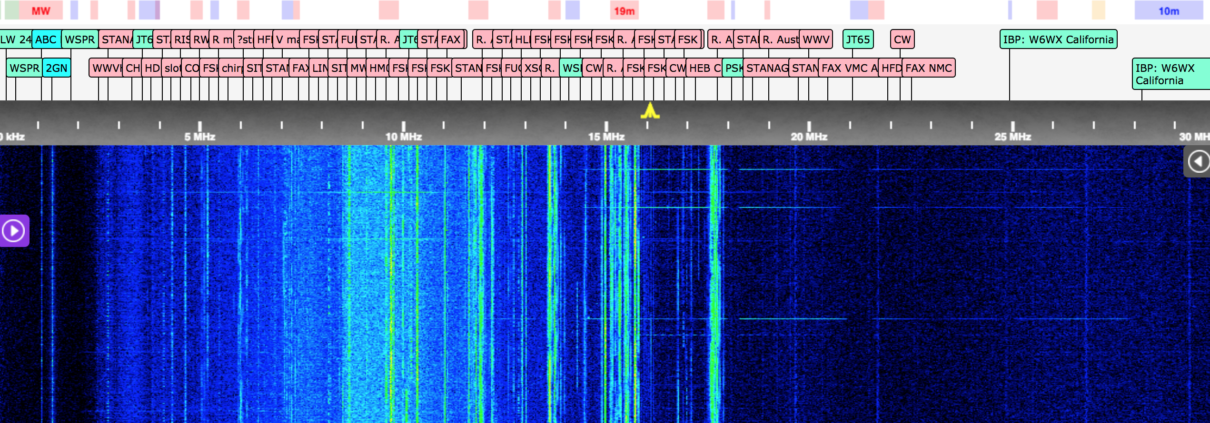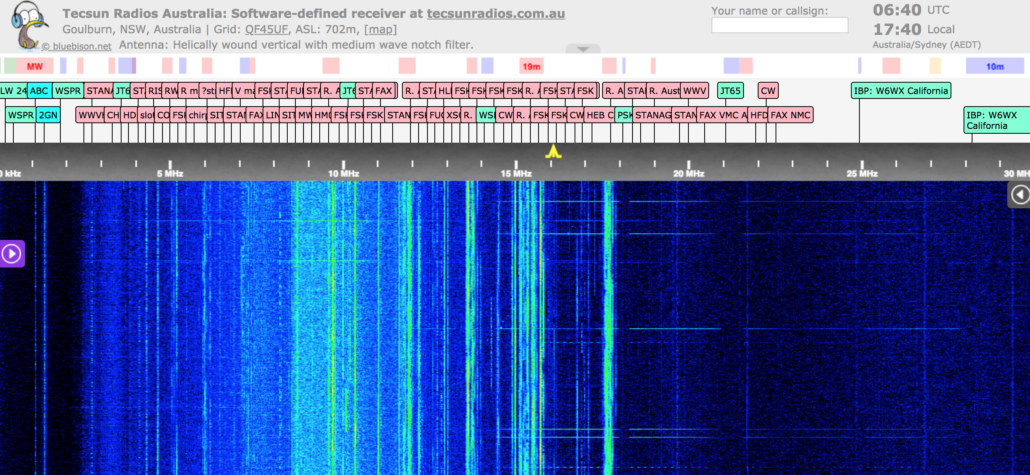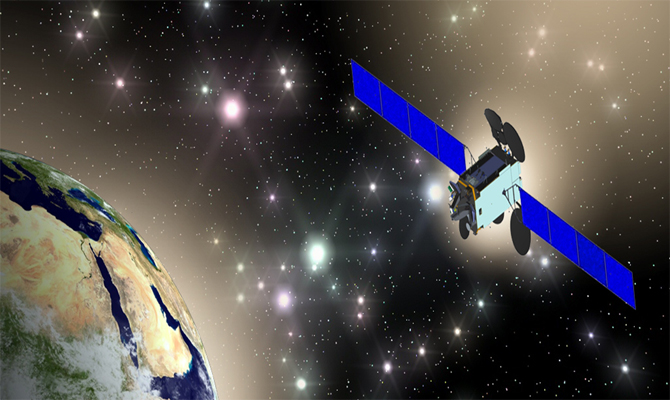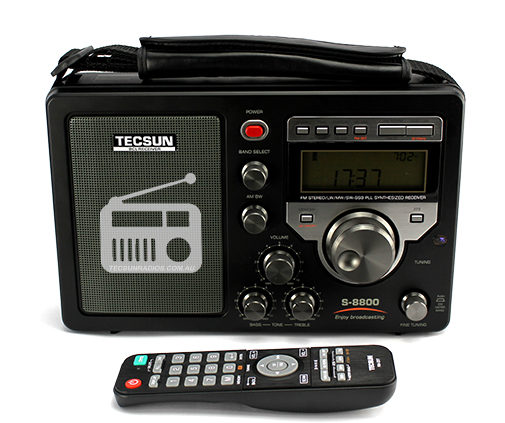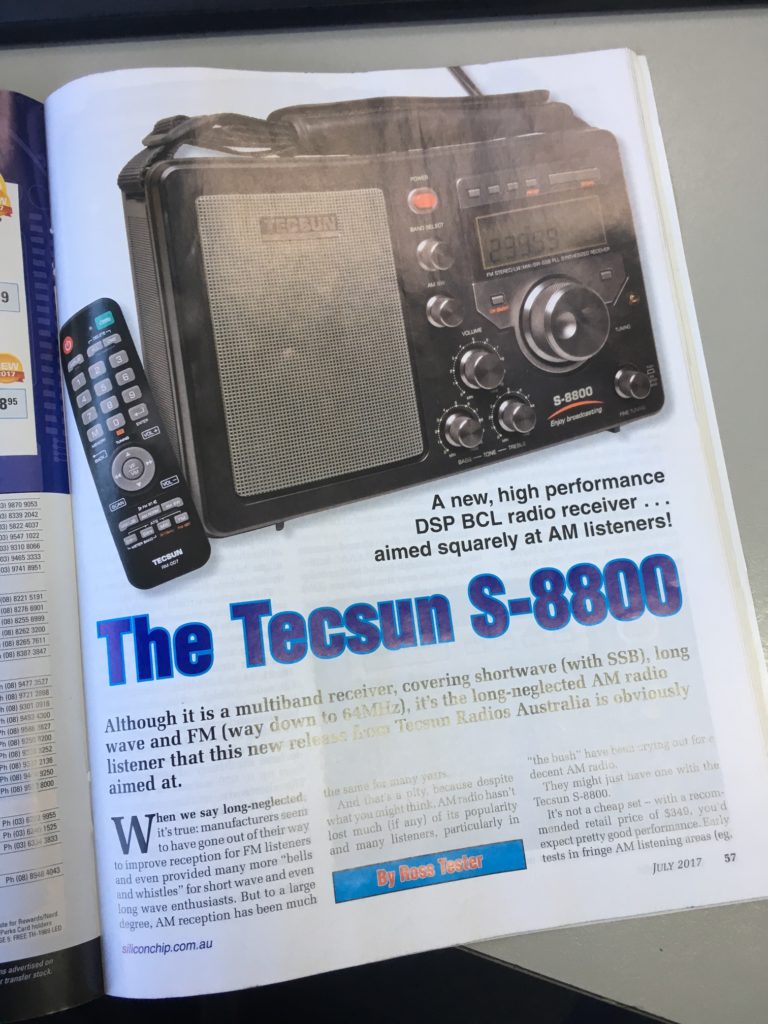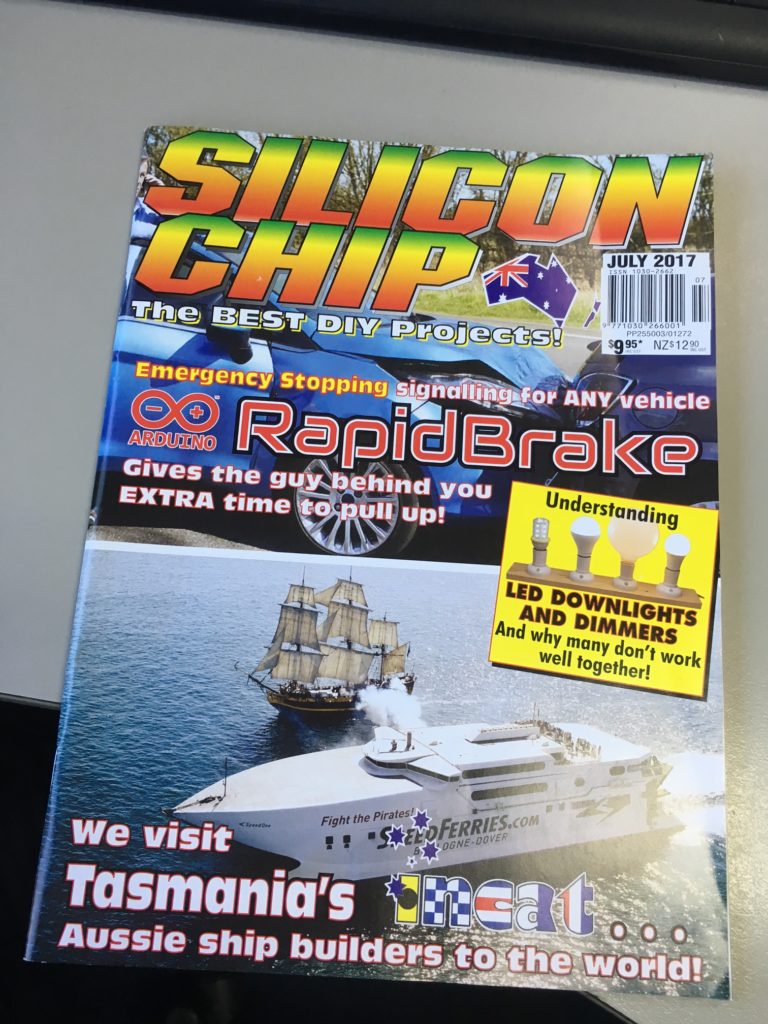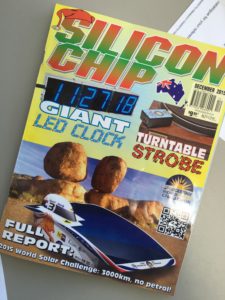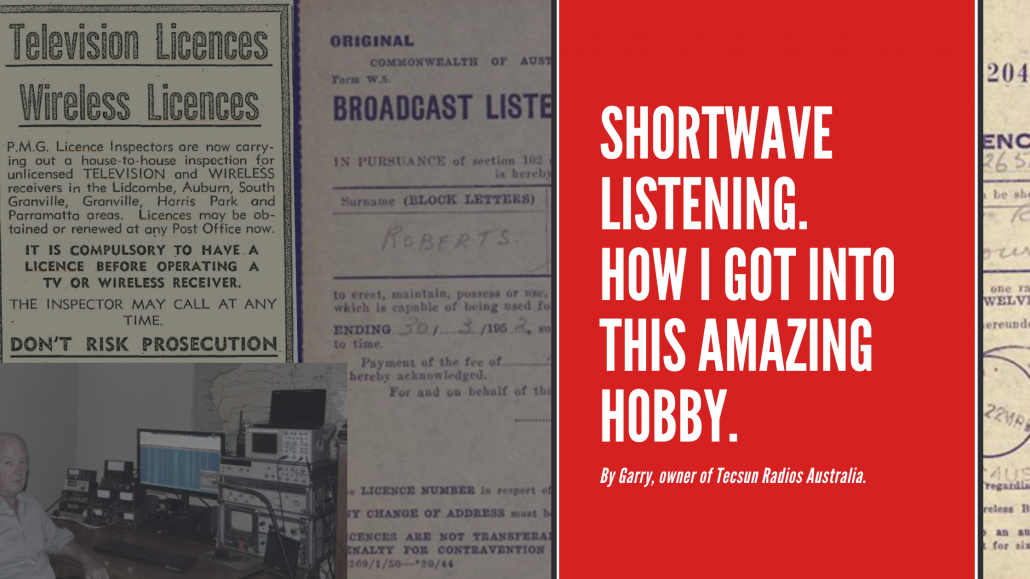
Many technically inclined people have discovered shortwave listening in their youth. Years later they continue to the fascinated by what can be heard on the shortwave bands.
This is my story….
As a teenager, I became interested in radio by reading the hobbyist magazines of the day. There were tantalising ads for army disposals stores in Sydney full of communications equipment but beyond my modest means. In my case, I acquired several old valve radios thrown out at the local tip. Much to the disgust of my parents, I regularly carried such prizes home and commenced my new hobby of listening to the radio bands.
In those days most home entertainment units were made of wood and contained a radio receiver that covered the broadcast and shortwave bands. I was lucky to find one that worked. Quickly discarding the bulky wooden cabinet, the receiver became a benchtop unit, exposed in all its glory. The speaker used an electromagnet (no permanent magnets in those days) and the signal strength meter was a green valve indicator poking through the front panel called a “magic eye”.
The next step was to install an antenna which comprised the longest piece of wire I could find. I recall that unraveling the enamel copper wire from a transformer became the most cost-effective solution.
Soon I was listening to overseas stations, many broadcasting in English, and occasionally I heard important events. I recall clearly listening to the Victoria Police on one of their HF frequencies when they announced the search for a prominent politician who had gone missing in December 1967.
I informed my parents of this important event and they were amazed to discover a few days later that I had been listening to the search for the then Australian Prime Minister, Harold Holt who disappeared in the surf at Portsea in Victoria.
I enjoyed listening to distant MW stations all over Australia, and collected quite a few QSL cards from broadcasters around the world.
Believe it or not, a Broadcast Listeners Licence was required in Australia until in 1974, at a cost of $26.50, so there was a degree of secrecy involved in all this listening activity.
Eventually, my shortwave listening led me to an interest in Amateur Radio. I knew a local lad who was fortunate enough to purchase the entire correspondence course for the amateur exam and who loaned it to me after he obtained his license.
So in August 1973, I obtained my amateur radio license. Somehow I managed to make the required 90% pass mark, much to my amazement.
My first amateur radio transceiver was a converted Pye reporter VHF AM taxi radio. I recall it had a huge valve in the output stage, requiring several hundred volts from the power supply to operate. The only semiconductors were in the 12 volt inverter powering the entire contraption. When the push to talk button on the microphone was pushed, it took a few seconds for the voltage to build up sufficiently to allow the transmitter to operate!
From that point, there seemed to be an endless succession of different two way radios being fiddled with to obtain the best on air performance. During subsequent years I became interested in amateur television and satellite communications.
I recall in about 1975 being able to eavesdrop on the US operators of the Applications Technology Satellite 1 (ATS-1), the world’s first weather satellite. At the time my interest was driven by the fact that antennas for the VHF and UHF bands where physically manageable and easy to make.
However, my interest in VHF and UHF waned as mobile phones replaced the two way radio as the preferred method of communication and I became re-energised with shortwave.
In much the same way as my earlier experience with VHF and UHF was driven by the availability of ex-commercial equipment, so was my entry into HF communications.
Second hand commercial transceivers designed for use by the Royal Flying Doctor Service became available and soon I was running 100 watts on the HF amateur bands, communicating with people around the world.
Someone once told me that shortwave listening is like fishing… you never know what you are going to get. That certainly described my experiences.
One incident worthy of mention was receiving the USAF Strategic Bomber Command broadcasts. These coded transmissions were part of the US military control of nuclear weapons and could control the launch of ground-based missiles should war be declared! These broadcasts weren’t public knowledge at the time.
I also heard the US military MIA recovery missions into Laos and Cambodia at the end of the Vietnam war, fascinating listening. Over the years I have heard several successful search and rescue missions involving aircraft being ferried from the USA to Australia. On one occasion I heard a commercial cargo jet traveling from Australia to the US, circling a downed pilot until the US Coastguard could reach him.
To be able to listen to these situations unfolding in real time is one of the aspects of shortwave listening that makes it an exciting hobby, contrary to common belief.
These days I mostly listen on HF. There is an amazing range of broadcasts available to shortwave listeners, ranging from utility stations like the Bureau of Meteorology, 4WD networks, HF aircraft networks and VOLMET, and secret numbers stations, as well as regular, scheduled shortwave broadcasts from all over the world.
Now, listening is even easier, as broadcasting schedules are freely available, and the worldwide network of internet accessible KiwiSDRs provide a fantastic resource for shortwave listeners.
Receivers are now more affordable than ever and the hobby is enjoying a huge resurgence, in part due to the worldwide pandemic of 2020.
There is no time like the present to immerse yourself in the world of shortwave listening!
Garry VK2YBX
Looking for a fantastic shortwave radio? Tecsun Radios Australia stocks a range of Tecsun radios like the newly arrived Tecsun PL330 $145 right through to the latest Tecsun radio to be released and considered to be a masterpiece, the Tecsun PL990
The Xiegu G90 is a powerful portable HF multimode transceiver that covers 0.5-30MHz (10-160 metres on TX) with 20 watts of RF output. The XIEGU G90 HF Transceiver utilises a software-defined (SDR) 24-bit architecture to provide superb transmit and receive performance.
Click here to shop our full range.
Click here to view a list of major ABC AM radio stations by area. All frequencies are in kilohertz (kHz) and all are on the medium wave band (MW).
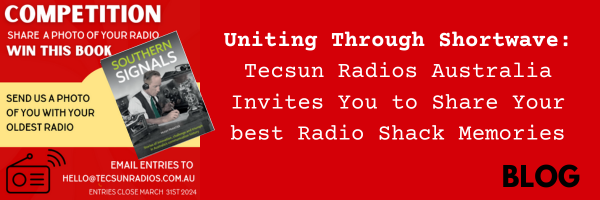



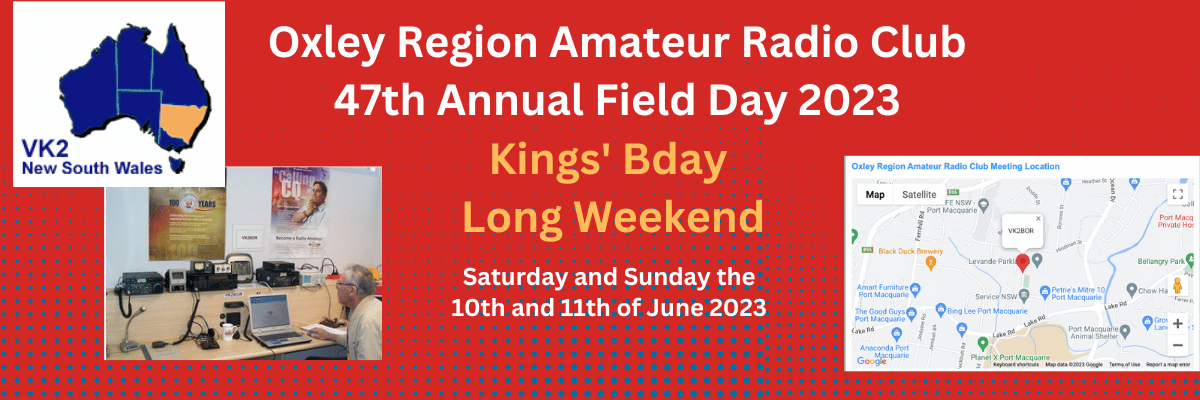
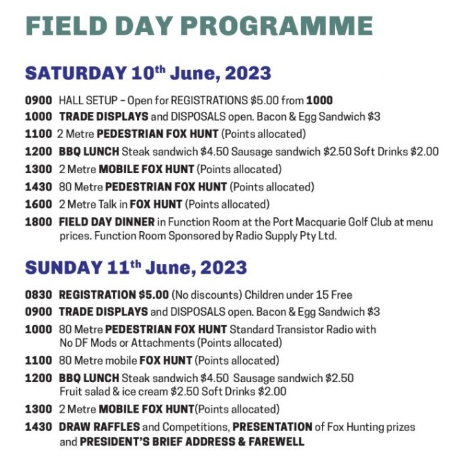



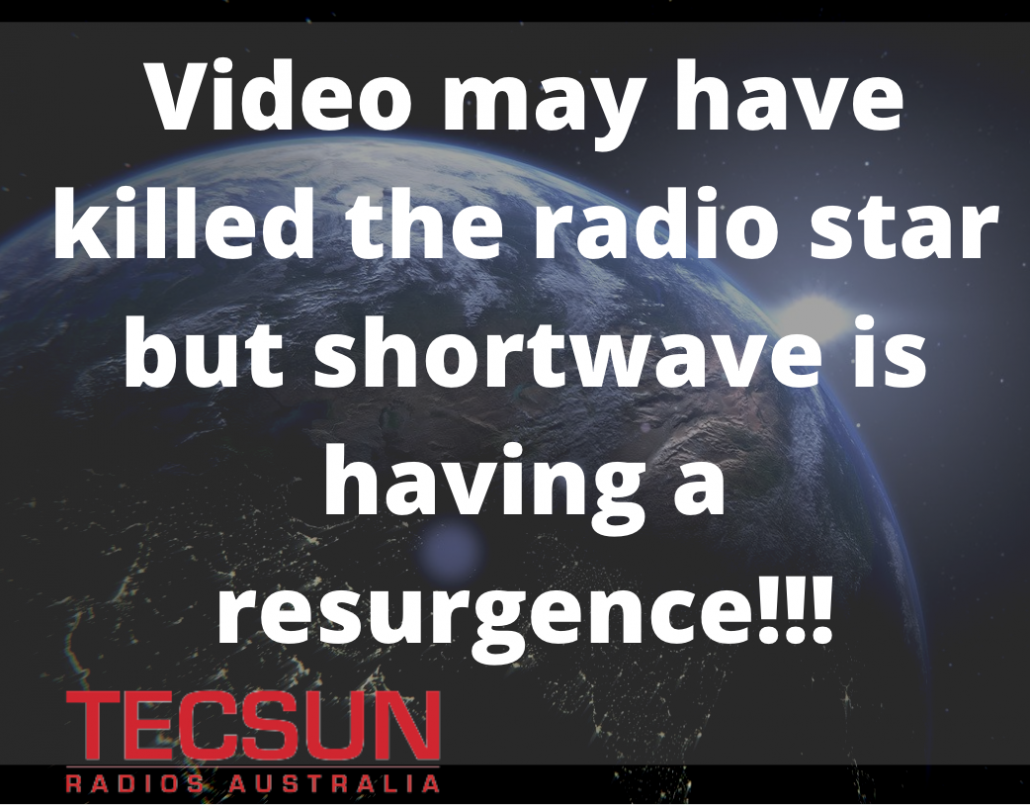 Shortwave radio, the original and most crucial form of radio communication in our history,
Shortwave radio, the original and most crucial form of radio communication in our history, 